Writing an IT resume can be challenging but getting it right can be the key to landing your next big opportunity. At Resource Provider Ltd, we’ve seen countless resumes over the years and understand the unique requirements of the tech sector. Whether you’re applying for a developer role, a support technician position, or stepping into IT management, tailoring your resume for the industry is essential.
Here’s how to make sure your IT resume makes it through the first round and gets you noticed by hiring managers.
Structure Your Resume with Purpose
Your resume should be no more than one page long. IT may be a technical field, but that doesn’t mean your resume should be complicated. Keep it clean, professional, and easy to scan. Start with a clear structure:
- Personal Summary
- Work Experience
- Key Skills and Competencies
- Academic Qualifications
- Achievements
Avoid overloading your resume with every job or course you’ve ever completed. Focus on relevance and impact. The goal is to provide a snapshot of your capabilities that invites further conversation.
Tailor It to Each Role
A one-size-fits-all resume might seem efficient, but in reality, it’s rarely effective. Instead, consider developing a few templates you can easily adjust for different roles. This is especially useful in IT, where job titles and responsibilities can vary widely.
Start by carefully reviewing the job description. Match your most relevant skills and experiences with what the employer is looking for. Rearrange content if necessary prioritise information that aligns with the role and downplay less relevant details. The closer your resume reflects the job requirements, the higher your chances of progressing.
Use Jargon Wisely
Demonstrating your understanding of industry-specific tools, platforms, and concepts is important, but be mindful of your audience. While recruiters working in tech will understand the terminology, others may not.
If you include lesser-known programming languages or platforms, provide a short explanation. For instance: Proficient in MyCode, a modern coding platform used for rapid prototyping. This shows your expertise without alienating non-technical readers.
Craft a Compelling Personal Summary
Your personal summary is your elevator pitch. It should immediately communicate your strengths and areas of expertise. Highlight the value you bring, and back it up with a few key achievements or specialties.
For example:
Experienced network engineer with a proven track record in designing and maintaining secure IT infrastructures. Skilled in cloud technologies, server management, and team leadership.
Showcase Your Work Experience Effectively
When listing past roles, don’t just mention job titles and dates. Go a step further by describing your responsibilities and the results of your work. Use action verbs and specific examples to demonstrate your contributions.
Did you lead a system upgrade? Streamline helpdesk operations? Reduce downtime through automation? These details help potential employers understand what you’ve accomplished and how you could benefit their team.
Also, make it clear if you’re currently available for work—many employers are looking for candidates who can start immediately.
Highlight Key IT Skills and Competencies
IT roles require a combination of technical and soft skills. Consider including the following if they apply to your experience:
- Familiarity with emerging technologies and design principles
- Experience with system integration and architecture
- Strong project management capabilities
- Ability to manage and prioritise workloads
- Excellent communication with technical and non-technical stakeholders
- Analytical thinking and adaptability in fast-paced environments
Make sure to match these with keywords from the job description to help with applicant tracking systems (ATS).
Include Relevant Academic Qualifications
The qualifications you list should be tailored to the type of IT role you’re pursuing. Some roles may require formal degrees, while others may place more value on certifications or hands-on experience.
For instance, if you’re aiming to become a Java developer, listing your computer science degree alongside certifications in Java frameworks makes sense. If you’re focused on data analytics or AI, highlight any related courses or training you’ve completed.
Mention Your Key Achievements
End with a brief section on achievements. These could include measurable outcomes, such as cost savings, efficiency gains, or successful projects delivered on tight deadlines.
Be specific. For example:
Reduced server downtime by 35% by implementing a proactive monitoring system.
Led the migration of legacy systems to cloud infrastructure, saving £20,000 annually.
This is your chance to show the impact of your work and leave a lasting impression.
Do Your Research and Prepare for Interviews
Finally, take the time to research any company you apply to. Learn about their size, locations, tech stack, and recent news. Bringing this knowledge into an interview demonstrates genuine interest and preparation two qualities every hiring manager appreciates.
Pair that insight with a well-written resume, and you’ll be on strong footing from the very start.
Need Help With Your IT Career?
At Resource Provider Ltd, we’re here to support professionals like you in finding high-quality roles and developing your career. Whether you’re updating your resume or exploring new opportunities, we can help guide your next step in the IT industry.
